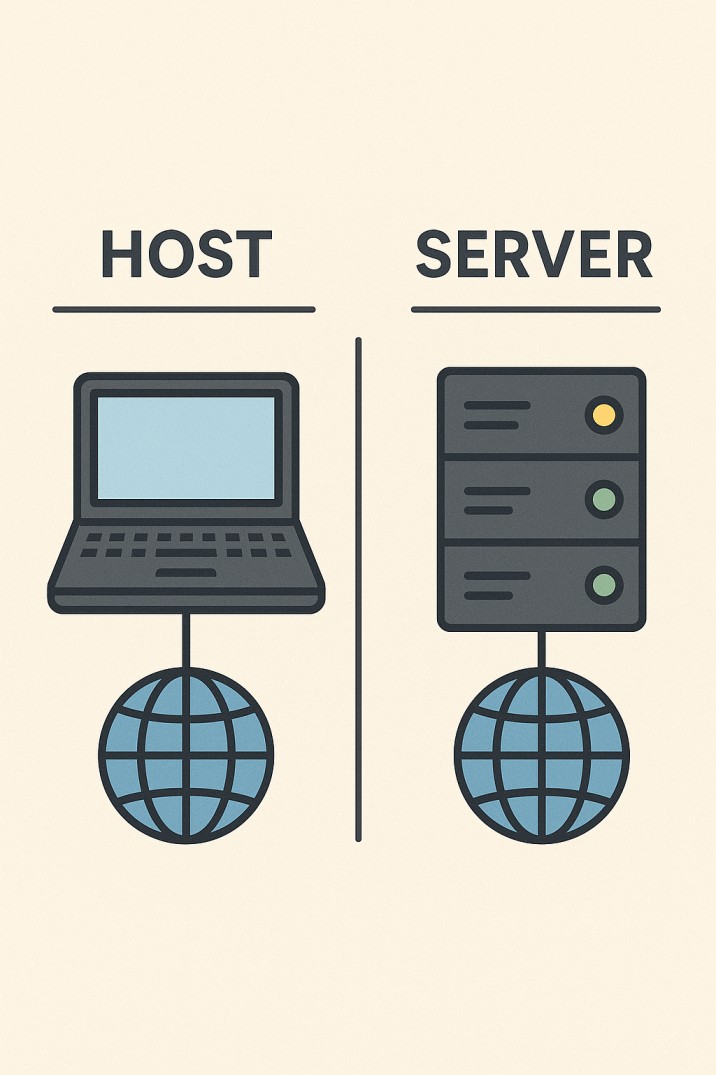In today’s digital landscape, your website’s security isn’t just an option – it’s a necessity. With cyber threats becoming increasingly sophisticated, protecting your online presence is more crucial than ever. Whether running a small business website or managing a large e-commerce platform, implementing robust security measures can mean the difference between maintaining your users’ trust and facing a devastating data breach.
“Prevention is better than cure” – this old saying couldn’t be more relevant when it comes to website security.
Recent statistics show that websites face an average of 94 attacks every day, and cybersecurity incidents have increased by 67% over the last five years. The good news? You don’t need to be a security expert to protect your website effectively. By following some essential security practices, you can significantly reduce your vulnerability to common cyber threats.
In this guide, we’ll walk you through the fundamental steps to secure your website, from basic security protocols to advanced protection measures.
Check 13 Reasons Security Measures to Safeguard Your Website
- Keep software and security patches up-to-date. This includes your content management system (CMS), plugins, themes, and any other software you are using on your website. You have to often update security measures that can patch vulnerabilities and won’t allow hackers to exploit it.
- Add SSL and HTTPS. SSL certificates encrypt the data that is transmitted between your website and your visitors’ browsers. This makes it much more difficult for hackers to intercept and steal sensitive data. HTTPS is the secure version of HTTP, and it is required for all websites that collect personal information.
- Require complex passwords and require frequent changes. Strong passwords are one of the most basic but important security measures. Passwords should be at least 12 characters long and should include a mix of uppercase and lowercase letters, numbers, and symbols. You should also require users to change their passwords regularly, such as every 90 days.
- Restrict administrative privileges. Only give administrative access to the people who need it. The fewer people who have administrative access, the less risk there is of someone accidentally or intentionally compromising your website.
- Change default settings. Many software programs come with default settings that are not secure. Be sure to change these settings to something more secure. For example, you should change the default username and password for your CMS.
- Back up your files. Regularly backing up your website’s files is essential. If your website is hacked or otherwise compromised, you can restore it from a backup. You have to be sure to store your backups in a safe place, such as a cloud storage service.
- Have a recovery plan. In addition to backing up your files, you should also have a recovery plan in place. This plan should outline the steps you will take to restore your website in the event of a security incident.
Read: A Guide to Ensuring Uptime through Predictive Maintenance
- Use a web application firewall (WAF). A WAF is a security tool that helps to protect your website from attacks such as SQL injection and cross-site scripting. A WAF can be used to block malicious traffic and to prevent attackers from exploiting vulnerabilities in your website.
- Implement multi-factor authentication (MFA). MFA adds an extra layer of security to your website by requiring users to provide two or more forms of authentication, such as a password and a code from their phone. This makes it much more difficult for hackers to gain access to your website, even if they have stolen a password.
- Regularly monitor logs and conduct security audits. Monitoring your website’s logs can help you to identify suspicious activity. You should also conduct regular security audits to identify and fix any vulnerabilities in your website.
- Use a Content Delivery Network (CDN). A CDN also helps to improve the performance of your website and protect it from DDoS attacks. A CDN works by caching your website’s content on servers around the world. This means that when someone visits your website, they will be served the content from the server that is closest to them. This helps to improve the speed of your website and reduce the load on your server. CDNs help to protect your website from DDoS attacks by distributing the attack traffic across multiple servers.
- Limit personal and sensitive information collected and stored. With the personal and sensitive information you collect and store, there will be less risk of being information stolen in a data breach. Only collect and store the information that you need.
- Educate and train employees on best practices for website security and data handling. Your employees are the priority to defend against cyber threats. Making sure that they are educated and trained on best practices for website security and data handling. This includes things like how to create strong passwords, how to identify phishing emails, and how to handle sensitive data.
By taking these security measures, you can help to protect your website from cyber threats.

